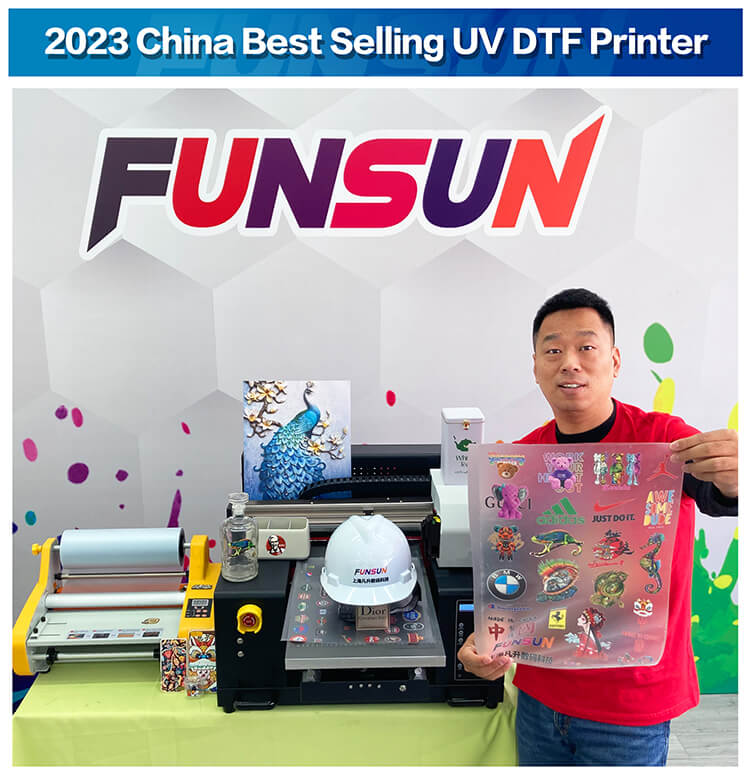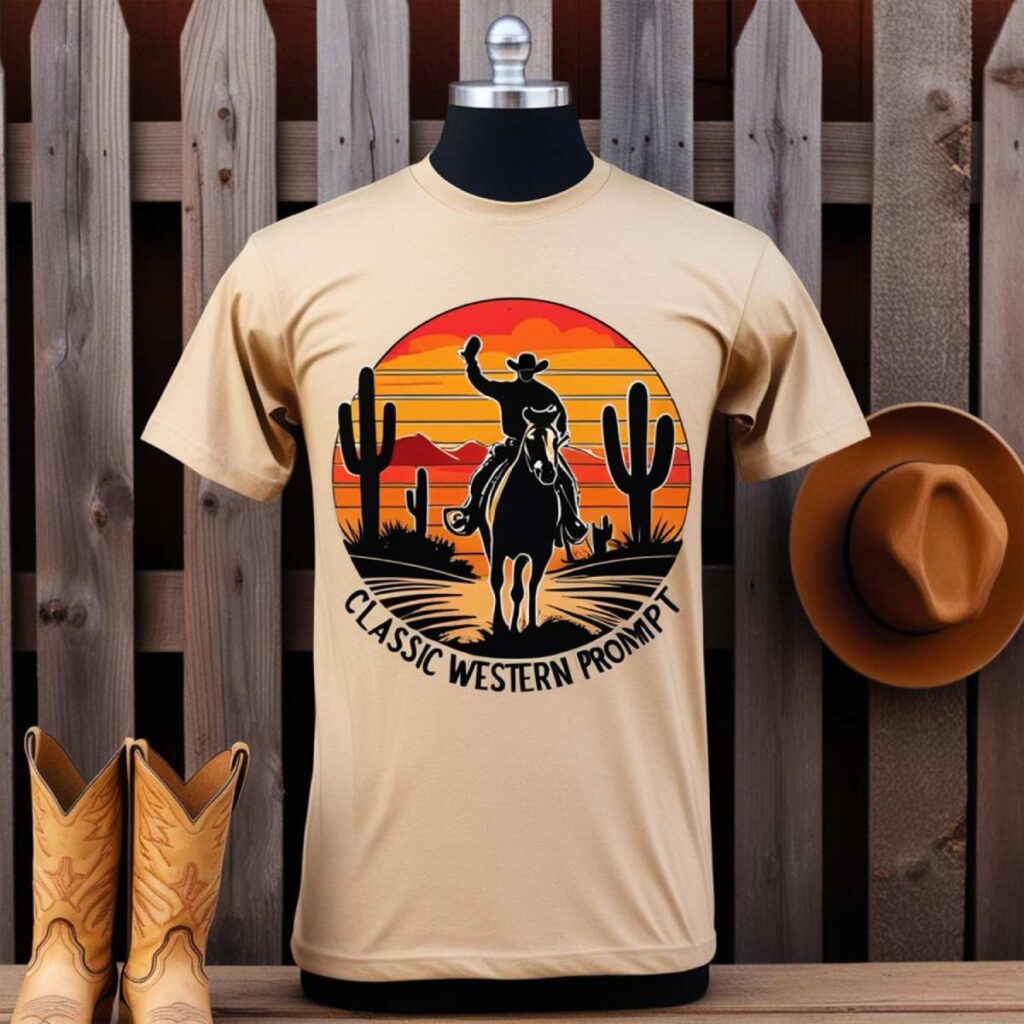In the realm of modern printing, **UV DTF (Direct to Film) printing** stands out as a revolutionary technique that is redefining the landscape of custom print solutions. Unlike traditional printing methods, such as screen printing and direct-to-garment (DTG) printing, UV DTF utilizes cutting-edge ultraviolet technology to instantly cure inks as they are laid down on various substrates. This innovative process not only allows for vibrant color reproduction but also supports intricate designs, much to the delight of creative enthusiasts and businesses alike. As demand for unique printing solutions grows, understanding the advantages of UV printing over its traditional counterparts becomes essential for those in the industry. By harnessing the strengths of UV DTF printing, users can unlock a world of possibilities in customization and product enhancement.
Exploring the world of **Direct to Film UV printing**, we find an impressive printing solution that merges creativity with efficiency, setting it apart from older techniques like screen printing and direct-to-garment options. This advanced method leverages UV-light technology to instantly harden inks on a diverse range of surfaces—including fabrics, wood, and metal—providing remarkable versatility and durability. As businesses look towards meeting the growing demand for personalized and high-quality prints, acknowledging the transformative potential of UV DTF expands the conversation within the printing sector. The merits of this technology, such as its ability to produce stunning effects and details, invite individuals and companies alike to reconsider their approach to modern printing solutions. Thus, understanding and adapting to these printing innovations is vital for staying competitive and meeting consumer desires.
Understanding UV DTF Printing Technology
UV DTF printing utilizes ultraviolet light to cure specially formulated inks that adhere to various substrates. This innovative process allows for the creation of vivid, high-resolution designs that boast exceptional durability. Unlike traditional printing methods, which often require multiple passes or extensive setup, UV DTF printing enables quicker production times. This paper-thin film method allows for intricate details and vibrant colors, making it an attractive choice for custom applications where quality cannot be compromised.
Additionally, UV DTF printing can be employed across multiple surfaces, including non-traditional materials like metal, wood, and glass, expanding creative possibilities for businesses. The implications for custom design services are vast, as this technology opens doors to unique merchandise options, from promotional items to personalized gifts. As a result, UV DTF stands out as a versatile solution for both commercial applications and consumer-oriented projects.
Comparing UV DTF to Screen Printing
Screen printing has long been favored for its cost-effectiveness in large production runs. However, it lacks the flexibility and detail that UV DTF printing offers. Screen printing relies on a stencil-based process, which can limit intricate designs to a few colors and requires extensive setup time. On the other hand, UV DTF printing can yield detailed images with multiple colors in a single pass, significantly reducing the turnaround time for projects.
Furthermore, the durability of screen printed items may not match that of UV DTF prints, which are typically more resistant to fading and scratches. Businesses looking to offer a diverse range of products with high impact visuals would benefit from integrating UV DTF printing into their operations, setting them apart from competitors who rely solely on traditional methods like screen printing.
Advantages of UV DTF Printing for Businesses
One of the primary advantages of UV DTF printing is its ability to manage low-volume production runs efficiently. Businesses can produce customized items without the overhead costs associated with traditional methods, which often favor large batches. This flexibility is crucial for responding to consumer trends and demands, allowing shops to cater to niche markets effectively.
Moreover, UV DTF printing technology supports supplemental services like rapid prototyping and personalized orders, enabling businesses to differentiate themselves in a crowded marketplace. The ability to print directly onto a variety of materials further enhances this service, providing clients with unique products that cannot be obtained through conventional printing technologies.
Exploring Direct-to-Garment (DTG) vs. UV DTF
Direct-to-garment printing (DTG) is frequently recognized for its detailed output on fabrics, making it ideal for producing intricate designs. However, DTG’s limitations are apparent when expanding into other materials, as it’s primarily focused on textile applications. In contrast, the UV DTF process offers a more comprehensive solution, allowing users to print on diverse surfaces while maintaining exceptional detail and color vibrancy.
Additionally, UV DTF printers have a faster setup time than DTG machines, yielding quicker results without sacrificing quality. This efficiency can be particularly advantageous for businesses aiming to fulfill urgent client requests or engage in smaller runs for unique products, establishing a competitive edge in a fast-paced market.
The Future of UV Printing Technologies
As the printing industry evolves, UV DTF technology continues to see advancements that enhance its capabilities. Innovations such as improved ink formulations and more efficient curing processes are revolutionizing the realm of printing. For instance, recent models like the eufyMake personal 3D-texturing UV printer exemplify how manufacturers aim to meet growing demands by offering versatile and user-friendly options that cater to both professionals and hobbies alike.
This progressive development signals a shift toward more customizable and efficient printing solutions, aligning with the trend towards personalization in consumer preferences. As printing technologies advance, UV DTF will likely solidify its reputation as a leading choice for businesses looking to adapt to changing demands and capitalize on new opportunities in various markets.
Challenges and Considerations of UV DTF Printing
Despite its numerous advantages, UV DTF printing presents certain challenges that potential users must consider. The initial investment cost of UV DTF printers is typically higher compared to traditional methods, which may deter smaller businesses or startups. Additionally, these systems require a certain level of technical expertise to operate effectively and maintain, which can present a learning curve for new users.
Moreover, businesses must take into account the ongoing costs associated with maintenance and supplies. While UV DTF offers vibrant and durable prints, it’s essential to analyze the overall return on investment when transitioning from traditional printing methods to this innovative technology.
Frequently Asked Questions
What makes UV DTF printing different from traditional printing methods like screen printing?
UV DTF printing stands out from traditional methods, such as screen printing, by utilizing ultraviolet light to cure inks instantly, enabling vibrant color prints on various surfaces beyond just fabrics. This versatility offers unique creative possibilities that are typically limited in traditional methods.
How does UV DTF printing compare to direct-to-garment (DTG) printing in terms of application?
Unlike direct-to-garment (DTG) printing, which primarily focuses on fabric applications, UV DTF printing allows for a broader range of substrates including wood, metal, and glass. This flexibility opens up new avenues for creative and custom products that DTG printing cannot achieve.
What are the advantages of UV printing technologies over traditional methods like screen printing?
UV printing technologies, particularly UV DTF, provide several advantages over traditional methods, including faster production speeds, higher color quality, and the ability to produce textured effects. Additionally, UV prints are more durable and resistant to wear, making them ideal for a variety of applications.
Can UV DTF printing be considered a cost-effective alternative to traditional printing methods?
While the initial setup cost of UV DTF printing equipment may be higher than traditional printing methods, it can be cost-effective for small runs due to quicker setups and efficient production capabilities. This makes it a viable option for niche markets and personalized products.
What challenges might one face when transitioning to UV DTF printing from traditional printing technologies?
Transitioning to UV DTF printing from traditional technologies may present challenges, including the need for technical expertise to operate advanced equipment and software. Additionally, the higher initial investment could be a barrier for small businesses considering the switch.
What recent developments are enhancing the use of UV DTF printing in the market?
Recent advancements in UV DTF printing technologies, such as the introduction of compact and multifunctional printers, are enhancing its accessibility for businesses and hobbies. Innovations like 3D-texturing UV printers demonstrate the potential for more creative and diverse applications as the technology evolves.
| Key Point | UV DTF Printing | Traditional Printing Methods |
|---|---|---|
| Printing Technique Description | Utilizes UV light to cure ink on various substrates, offering vibrant colors and intricate designs. | Includes screen printing, offset printing, and DTG, mainly for fabrics. |
| Versatility | Can print on multiple materials like wood, leather, and glass. | Typically limited to fabrics. |
| Speed and Efficiency | Faster setup and output, ideal for small runs and personalized products. | Slower for detailed artwork and high-volume outputs, may affect turnaround times. |
| Color Quality | Produces bold colors and textured prints. | Limited to color detail and vibrancy. |
| Durability | More resistant to fading and scratching. | Less resistant to wear over time. |
| Initial Cost | Higher initial investment for UV DTF printers. | Generally lower cost for traditional setups. |
| Technical Expertise | Requires more technical skill to operate. | Generally easier to operate with lower skill requirements. |
Summary
UV DTF printing is revolutionizing the custom print industry by providing businesses and creators with unparalleled versatility and efficiency. This innovative technique allows for vibrant and durable prints on a wide array of substrates, transcending the limitations of traditional methods. With its ability to quickly produce detailed designs and textures, UV DTF printing caters to both hobbyists and professionals looking to enhance their creative projects. Despite higher upfront costs and a steeper learning curve, the benefits of UV DTF are evident as the printing landscape continues to evolve, offering new possibilities for artistic expression and commercial growth.



